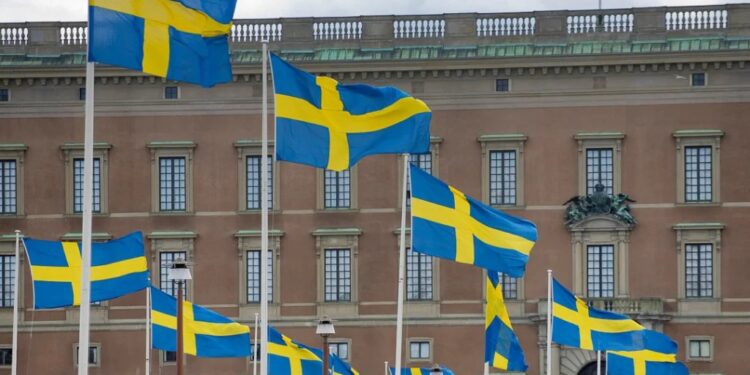Inflation in Sweden fell more than expected. According to the Riksbank’s most important measure CPIF, the inflation rate landed at 8 percent in March, new figures from Statistics Norway show. Which can be compared with 9.4 percent in February.
Economists had on average expected an inflation rate, on an annual basis, of 8.3 percent, according to Bloomberg’s compilation.
The rate of inflation fell in March, which was partly due to the fact that the rise in energy prices has slowed down, says Carl Mårtensson, price statistician at Statistics Norway.
Adjusted for energy prices, inflation fell from 9.3 percent to 8.9 percent, the expected 9.1 percent.
Among other things, it is reduced electricity and fuel prices that are behind the falling inflation, according to Statistics Sweden.
Electricity prices, for example, fell for the third month in a row. In March, prices fell by 2.2 percent. Adjusted for energy prices, inflation fell from 9.3 percent to 8.9 percent, the expected 9.1 percent.
Not as fast a price increase on food
At the same time, the price of food and non-alcoholic beverages continues to drive up inflation. Food prices rose by 19.7 percent at an annual rate in March, and increased by 1.2 percent compared to February.
However, the price increase is not as fast as before.
If we look back in time, food prices usually rise by half a percent in March, so what we see now is still a high rate of price increase. But it is not as high as recently, which lowers inflation somewhat from the high levels we are at
John Eliasson, price statistician at SCB (The Swedish Statistics Agency)


Recent Comments